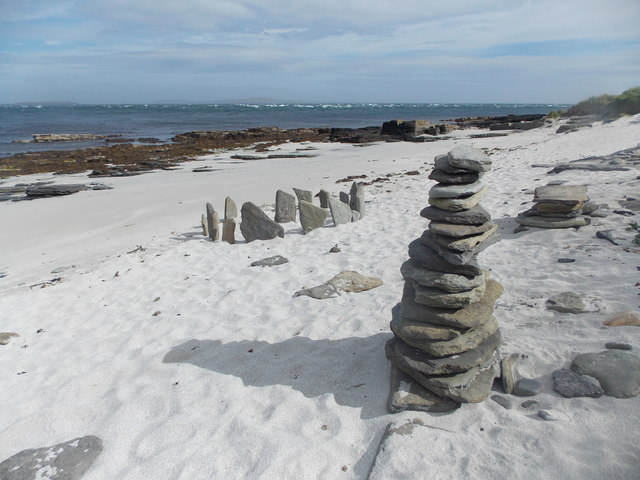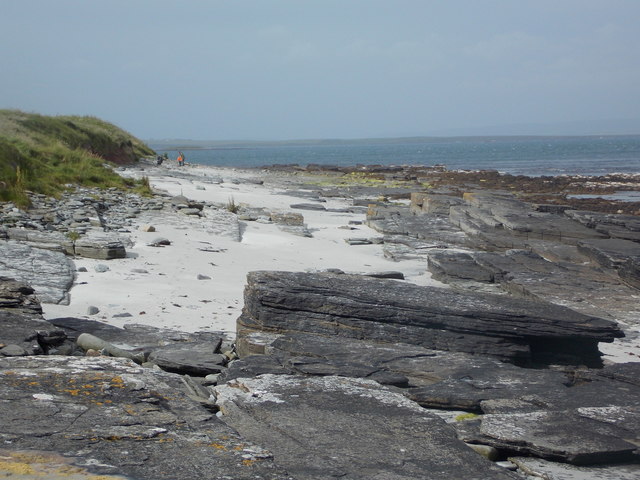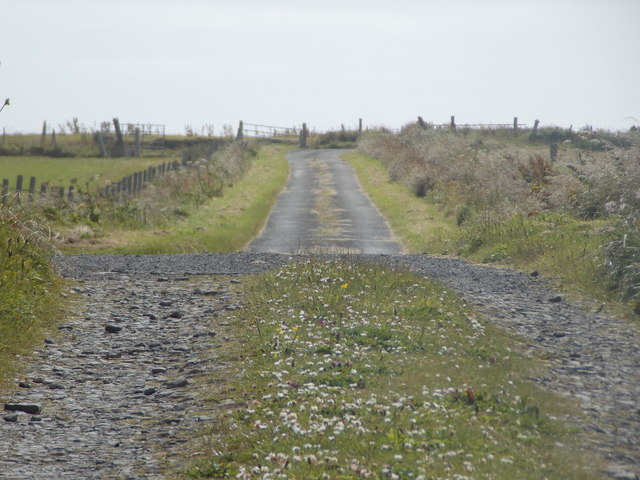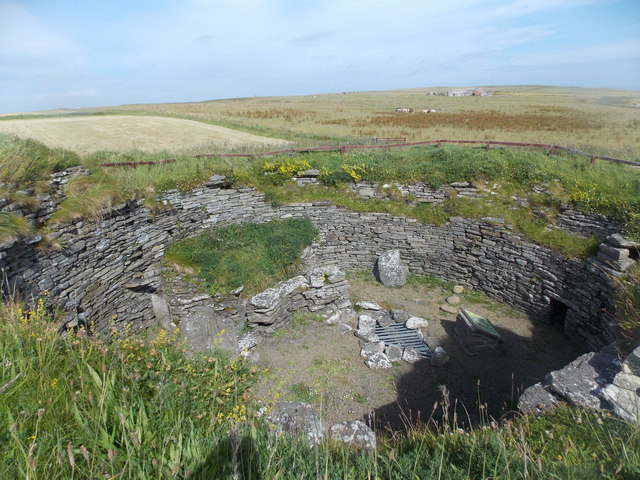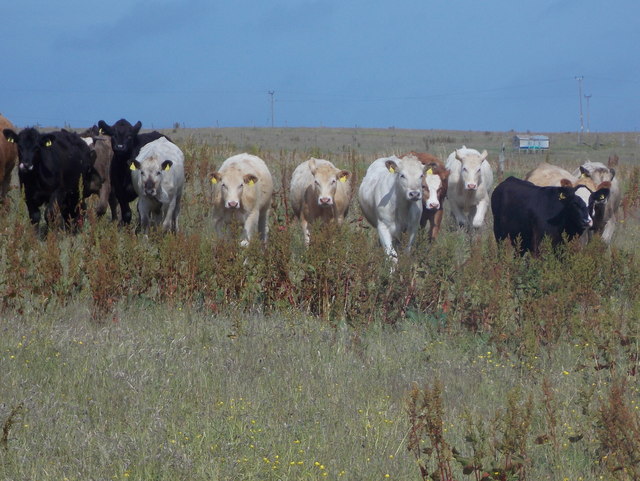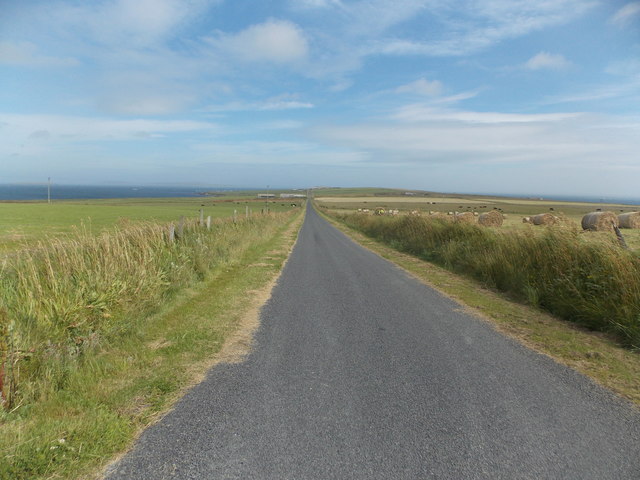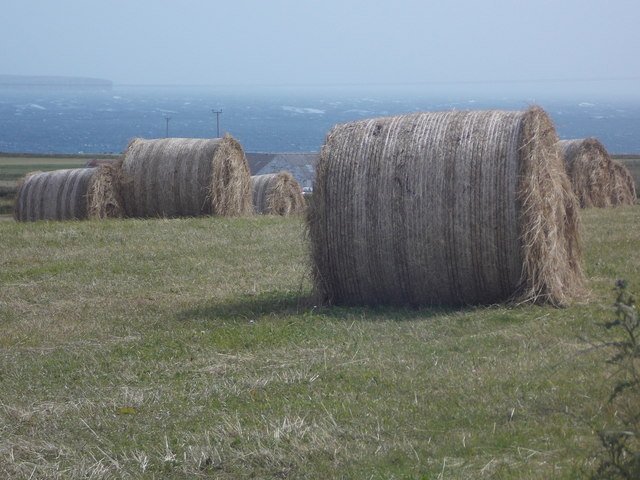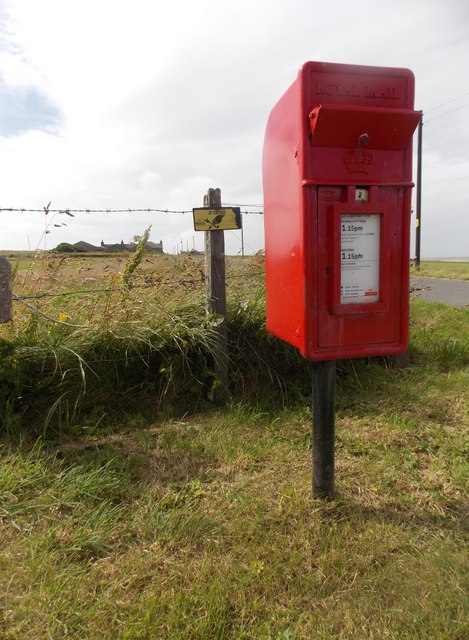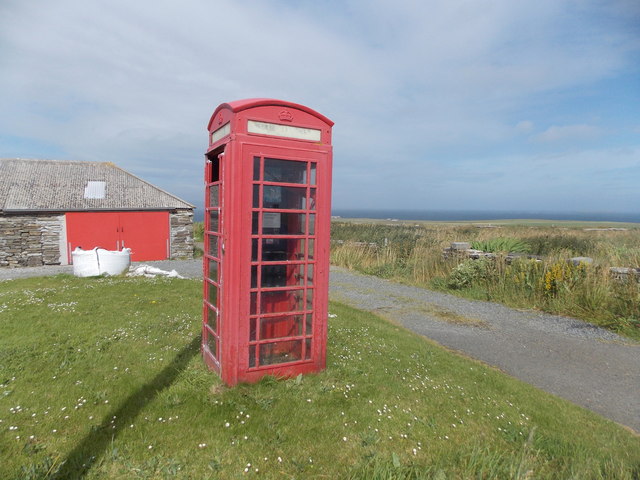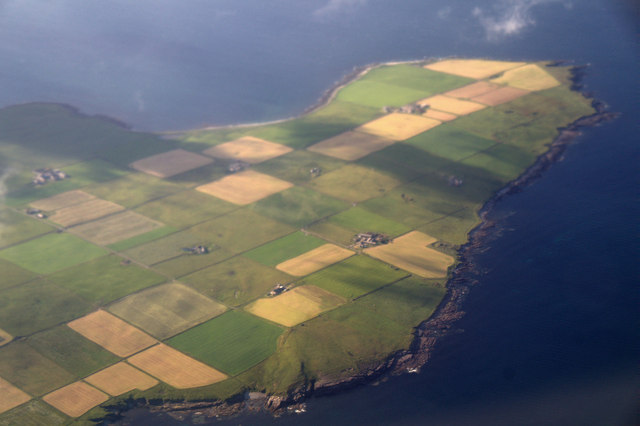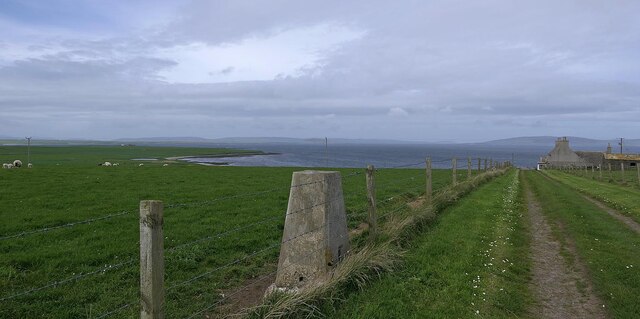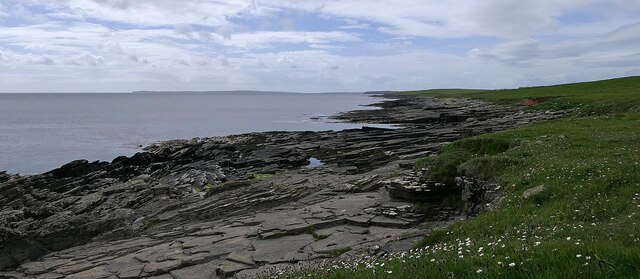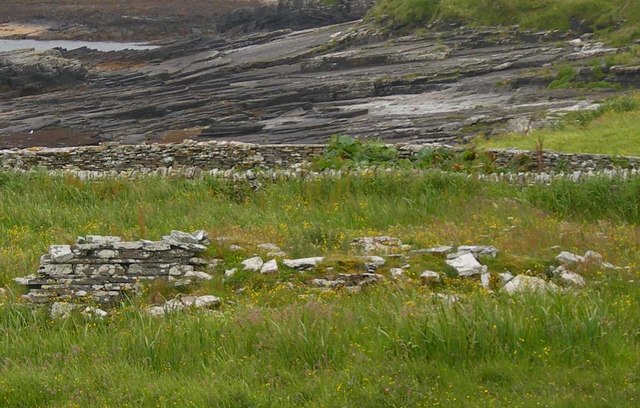Point of Veniver
Coastal Feature, Headland, Point in Orkney
Scotland
Point of Veniver
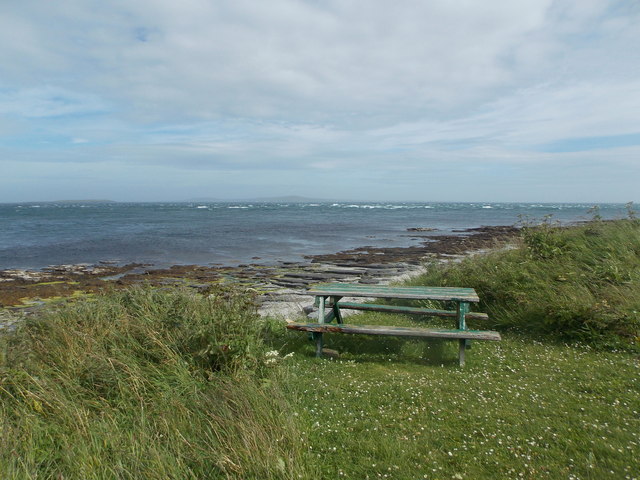
Point of Veniver is a prominent coastal feature located on the northern coast of the Orkney Islands in Scotland. It is recognized as a headland or point, extending into the North Sea. The point is situated on the west side of the island of Westray, one of the largest islands in the Orkney archipelago.
Rising about 30 meters above sea level, Point of Veniver offers stunning panoramic views of the surrounding rugged coastline and the vast expanse of the North Sea. The headland is composed of rugged cliffs, which have been shaped by centuries of erosion from the relentless waves crashing against the shore. The cliffs are predominantly composed of sandstone and shale, displaying beautiful layers of sedimentary rock formations.
The area is rich in biodiversity, with various seabirds nesting on the cliffs, including puffins, guillemots, and kittiwakes. The surrounding waters are also home to a diverse range of marine life, including seals, dolphins, and occasionally even whales.
Visitors to Point of Veniver can explore the headland and enjoy invigorating coastal walks, taking in the fresh sea air and the dramatic scenery. The area is a haven for nature lovers, offering opportunities for birdwatching, photography, and enjoying the tranquility of the rugged landscape.
Overall, Point of Veniver is a captivating coastal feature, offering a unique glimpse into the natural beauty and rich biodiversity of the Orkney Islands.
If you have any feedback on the listing, please let us know in the comments section below.
Point of Veniver Images
Images are sourced within 2km of 59.079885/-2.8289575 or Grid Reference HY5221. Thanks to Geograph Open Source API. All images are credited.
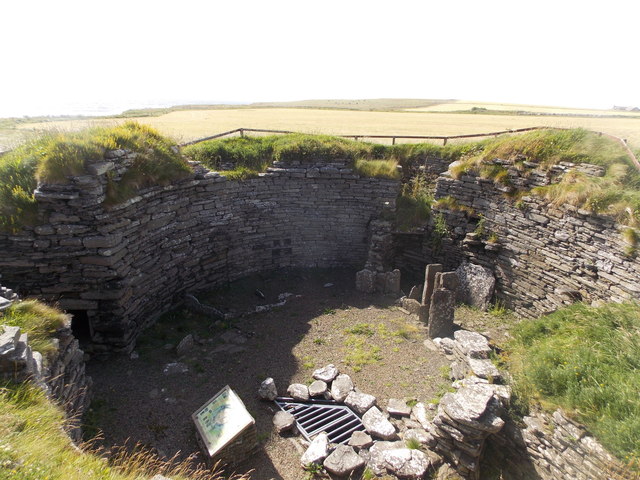
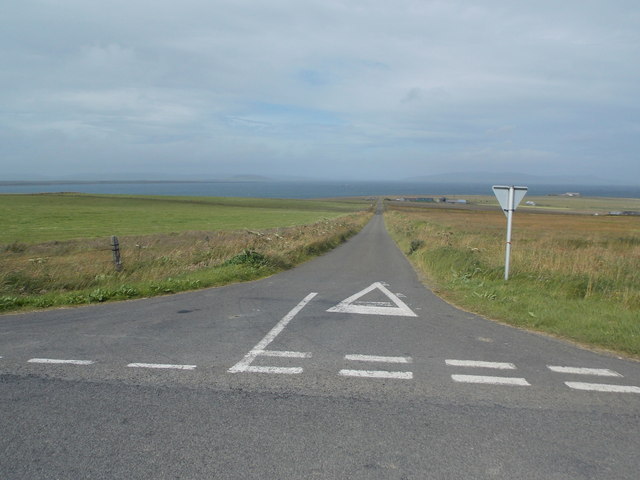
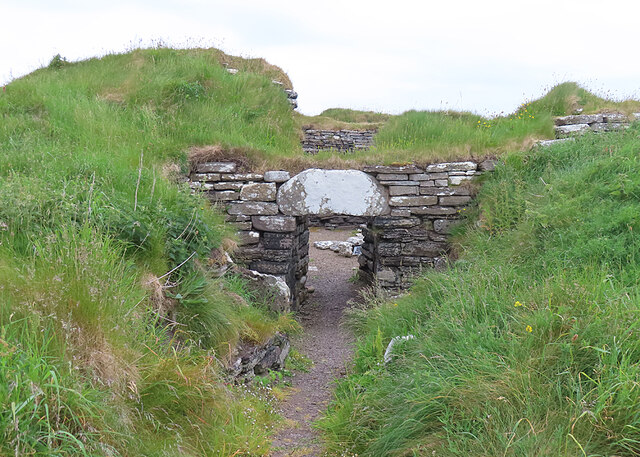
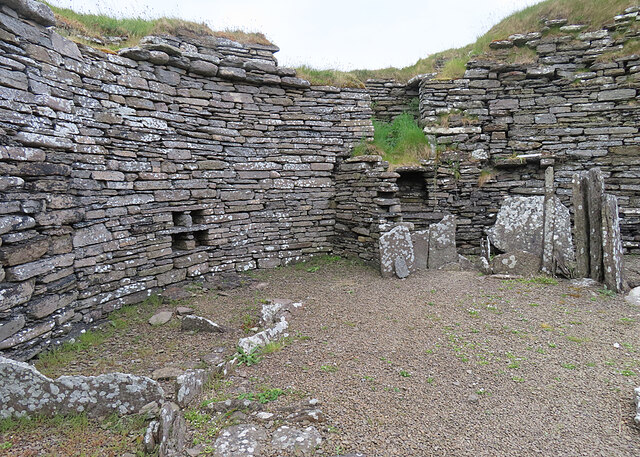
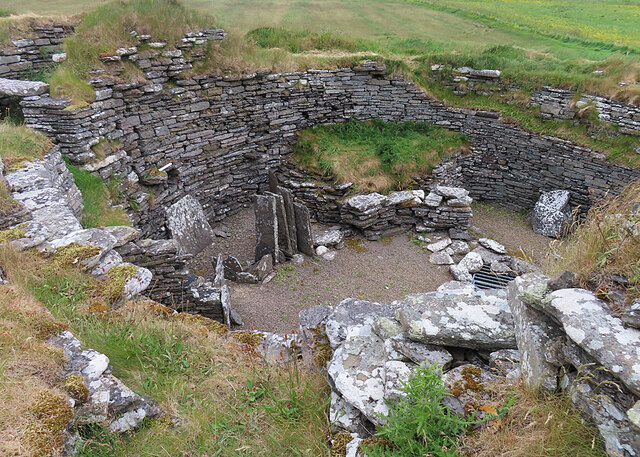
Point of Veniver is located at Grid Ref: HY5221 (Lat: 59.079885, Lng: -2.8289575)
Unitary Authority: Orkney Islands
Police Authority: Highlands and Islands
What 3 Words
///bulky.plots.flattery. Near Balfour, Orkney Islands
Nearby Locations
Related Wikis
Quholm
Quholm (grid reference HY5221) is a hamlet in the northeast of Shapinsay, in the islands of Orkney, Scotland. It is located between the Loch of Stenness...
Burroughston Broch
Burroughston Broch is an Iron Age broch located on the island of Shapinsay in the Orkney Islands, in Scotland (grid reference HY54062100). The site overlooks...
Veantro Bay
Veantro Bay is a bay on the northwest coast of Shapinsay in the Orkney Islands, Scotland.At the head of the bay is a large stone, thought to be associated...
Lairo Water
Lairo Water is a surface water body known as an ayre situated on the western coast of Shapinsay in the Orkney Islands. This brackish water body is separated...
Linton Chapel
Linton Chapel is a ruined chapel on the east coast of Shapinsay, Orkney (Grid Reference HY5218). The chapel is thought to date as early as the 12th century...
The Ouse
The Ouse is a tidal estuary in northern Shapinsay, Orkney Islands. This water body has been shown on early maps of the island in a very similar shape to...
Bay of Linton
The Bay of Linton is a bay on the east coast on the island of Shapinsay in the Orkney Islands, Scotland. To the north of Linton Bay are the headlands...
Shapinsay
Shapinsay (, Scots: Shapinsee) is one of the Orkney Islands off the north coast of mainland Scotland. There is one village on the island, Balfour, from...
Have you been to Point of Veniver?
Leave your review of Point of Veniver below (or comments, questions and feedback).
